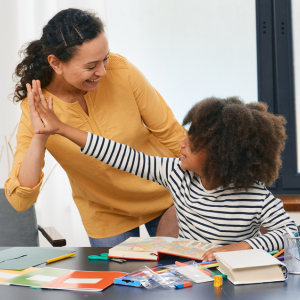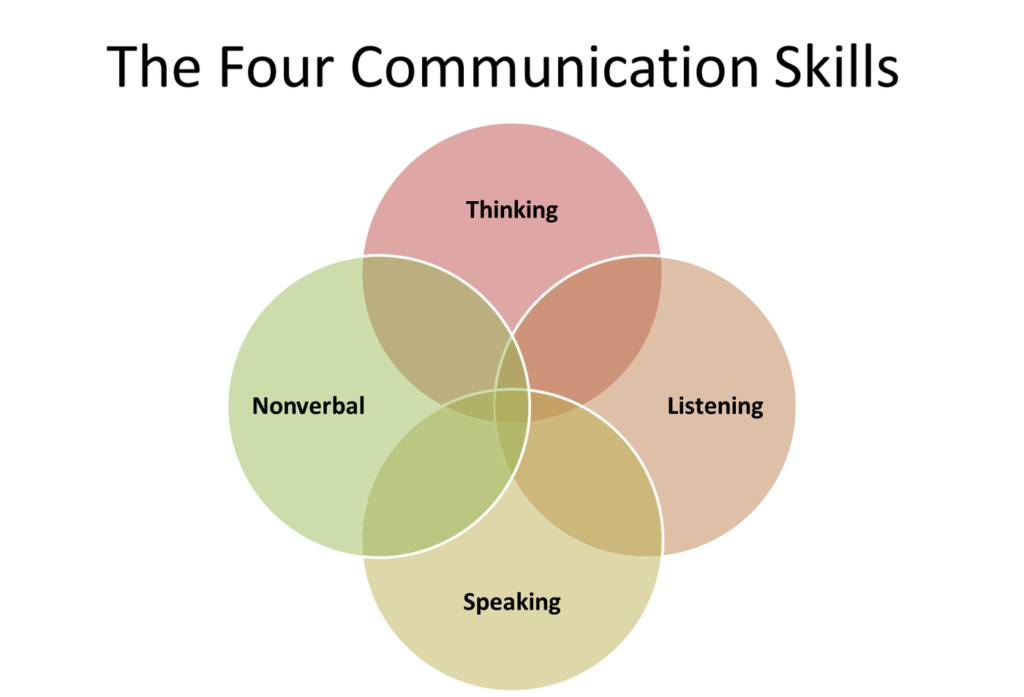
Communicating with your Child

Date Published: May 7, 2024 Author: Amelia Lalley, MA, BCBA, Faces Clinical Director
There are lots of ways children communicate with adults and with each other. These modes of communication can include but are not limited to pointing, crying, whining, throwing, giving someone an item, gestures, hand guiding, sign language, and vocalizations. While some modes are more desirable or safer, all of these modes are forms of communication. When teaching children new forms of communication, it is always best to teach them in the moment, as long as the moment is calm. If your child is demonstrating the need to communicate, this is a wonderful learning opportunity!
A few strategies for encouraging more communication are below:
- Follow your Child’s Lead: Watch and wait to see what your child is interested in doing and what you can communicate about.
- Mirroring: “Mirror” or imitate what your child says or does. This strategy is especially helpful for children who are learning new words. If your child claps their hands, clap your hands. If your child says “bah bah”, say “bah bah” in return.
- Turn-Taking: Turn-taking is just as it sounds, but don’t worry, your child doesn’t necessarily have to give up what they’re playing with to take turns. For instance, your child stacks a block, you stack a block, and then your child stacks a block. Another example is making comments on what you see on your walk. Share control of what your child is doing or talking about.
- Piece-by-Piece: This is best when communicating around food or toys that help many pieces, like Legos or grapes. Each time your child requests an item, give them some but not all. This creates multiple opportunities to practice communicating what they want.
- Visibly Out of Reach: Rather than have all your child’s favorite things within reach at all times, try putting them out of reach but in sight. This allows your child to ask for items they can’t reach on their own.
Communication can take many forms and look different for each child. For communication to be functional, it is important that the child is able to practice often with a variety of people, in a variety of settings, and with a variety of activities.
Resources:
About the Author:
Amelia Lalley, MA, BCBA, is the Clinical Director of Faces Behavioral Services. Faces Behavioral Services, a department of the Pacific Autism Center for Education, supports children with autism in reaching their full potential utilizing Applied Behavior Analysis (ABA).
Disclaimer: “Keeping Up the PACE” is a blog operated by Pacific Autism Center for Education with information provided by professional therapists. This content is not intended for the purpose of diagnosis of any condition. If you have a question for our team, please email us at email hidden; JavaScript is required.


